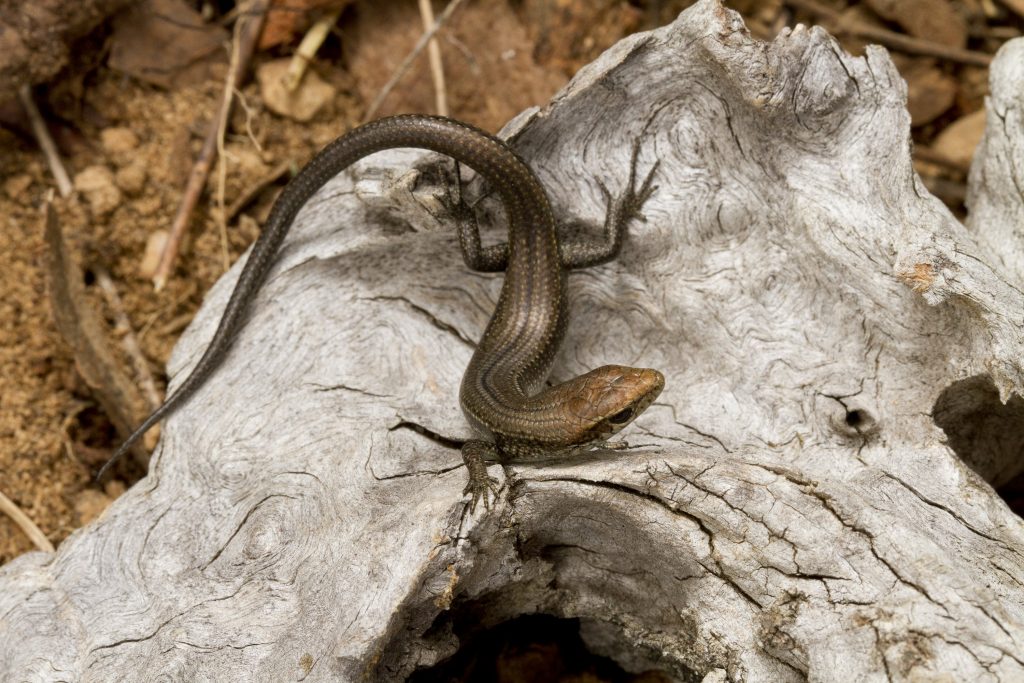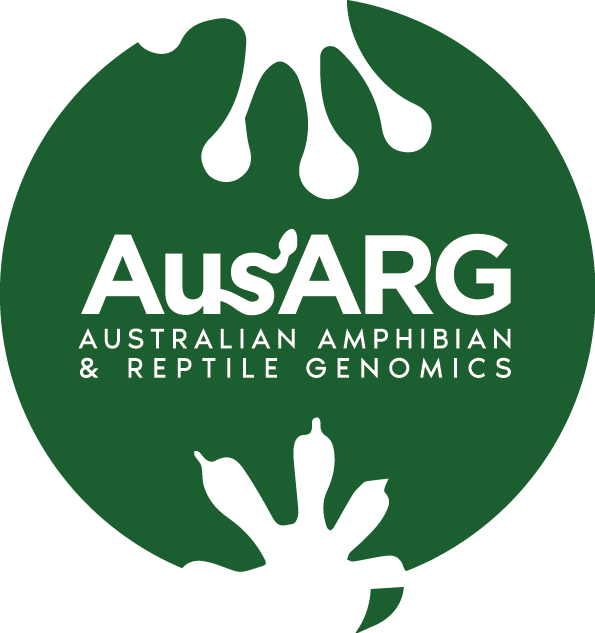Southern grass skink genome
The Southern grass skink (Pseudemoia entrecasteauxii) is a species of skink endemic to Australia, where it is found in the south-east of the continent, as well as in Tasmania and the islands of Bass Strait. Although it occurs in a variety of habitats, it is most commonly found in open grassy woodlands.

The southern grass skink has become a model species for reproductive biology in reptiles because it gives birth to live young and exhibits non-invasive epitheliochorial placentation. The reference genome will be key to accelerate research into the evolution of placentation in vertebrates.
Project coordinator:
- Oliver Griffith (Macquarie University)
Project collaborators:
- Camilla Whittington (University of Sydney)
- Mike Thompson (University of Sydney)
- James Van Dyke (La Tobe)
References cited:
- Oliver W. Griffith, Matthew C. Brandley, Katherine Belov, Michael B. Thompson. (2016) Reptile Pregnancy Is Underpinned by Complex Changes in Uterine Gene Expression: A Comparative Analysis of the Uterine Transcriptome in Viviparous and Oviparous Lizards, Genome Biology and Evolution, vol 8 (10) 3226–3239
Resources:
- Atlas of Living Australia: Pseudomoia entrecasteauxii
